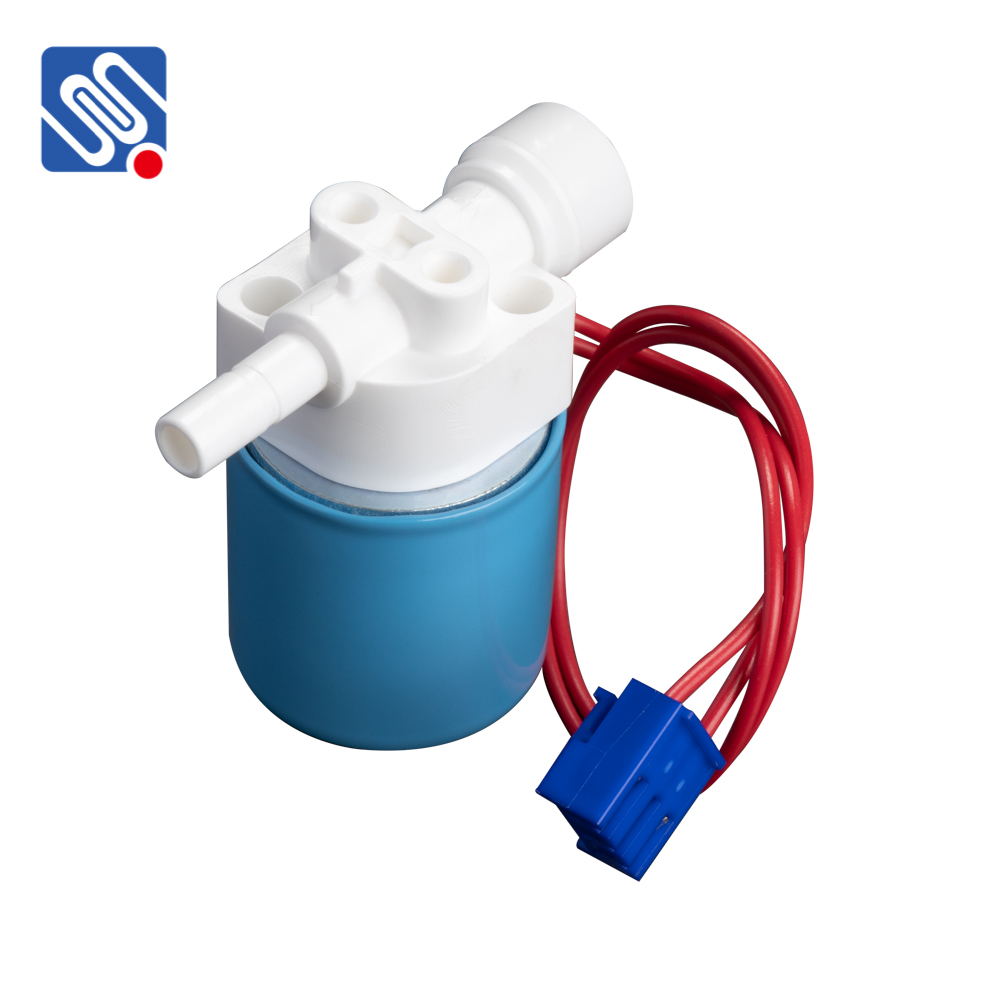Reverse osmosis (RO) systems are widely used for water filtration, providing clean and purified water for various applications, including drinking water purification, industrial processes, and even in coffee machines. One crucial component in the operation of an RO system is the RO solenoid valve, which controls the flow of water through the system. In this article, we will explore the function, types, applications, and key considerations of RO solenoid valves, highlighting their importance in ensuring efficient and effective water filtration.

What is an RO Solenoid Valve? An RO solenoid valve is an electrically controlled valve that regulates the flow of water within a reverse osmosis system. It is designed to open and close in response to an electrical signal, either allowing or stopping the water flow based on the system’s needs. The valve operates through an electromagnetic coil that, when energized, activates a magnetic field that moves a plunger or diaphragm, opening or closing the valve. This process ensures that water is only allowed to flow when necessary and helps maintain the proper function of the filtration system.